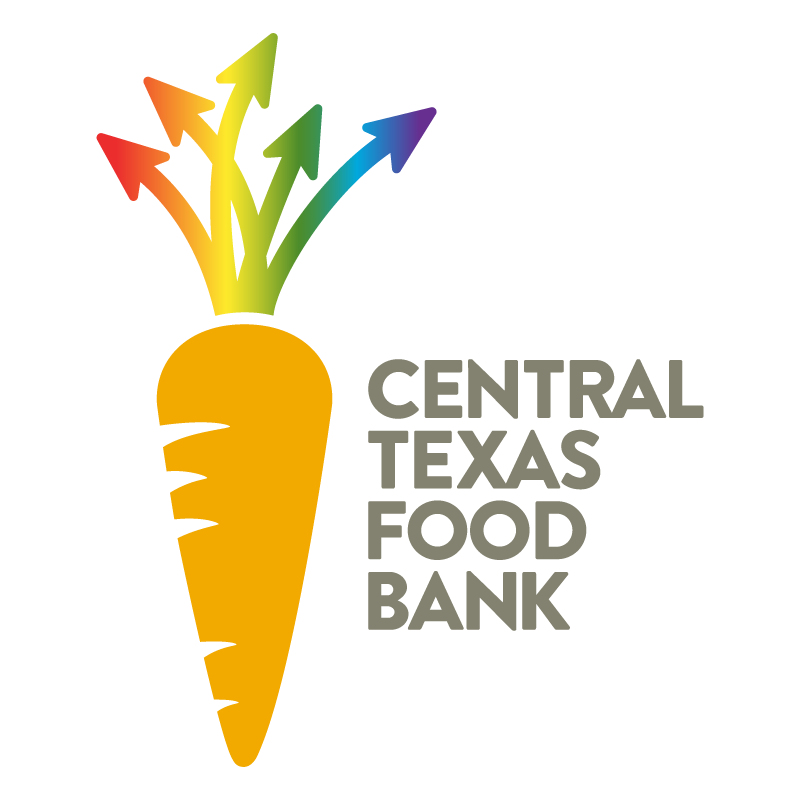
Feeding America has issued its annual ‘Map the Meal Gap’ report, revealing a troubling rise in food insecurity across the U.S., with 34 million Americans struggling to put food on the table. This number jumps even higher in the South, where nearly 20% of counties face severe hunger issues, compared to just 4.5% in the West.
"Texas' high food insecurity rate is alarming, and Central Texas faces an even greater challenge. The rising demand for our services reflects this critical need. However, data is key to solutions. Combined with Feeding America's 'Map the Meal Gap' report, our FACT data analysis tool gives us crucial insights to develop innovative programming that nourishes our community. We won't just report on hunger; we'll use these insights to find effective solutions." - Sari Vatske, President & CEO
Central Texas Feels the Squeeze: Our 21 County service area has seen a 2.1% increase in food insecurity over the past year, higher than the national average. Rural areas are particularly impacted due to limited access to resources and higher poverty rates.
Rural Communities Hit Hardest: Using our FACT reporting tool we see the disproportionate impact on rural areas due to limited access to resources and higher poverty rates. This challenge is evident in Central Texas, where many families struggle to put food on the table.
Unequal Burden: Our reporting highlights a disturbing racial disparity. Black and Hispanic Central Texans in our service territory face significantly higher food insecurity rates (27.9% and 22.1%, respectively) compared to white residents (11.9%). This disparity demands solutions for equitable access to food.
Children at Risk: A shocking 12.1% increase has pushed child food insecurity in Central Texas to a staggering 21.1%. This lack of access to nutritious meals can have long-term consequences for their health, development, and academic performance.
The Funding Gap: The national food budget shortfall has reached a record high, reflecting both rising food costs and the growing number of people needing assistance. Unfortunately, many struggling families don't qualify for federal aid programs like SNAP due to income limitations.
Texas in Focus: Texas’s data reflects the national trends and even surpasses them, with high food insecurity rates and significant racial disparities. Many Texans don't qualify for SNAP, placing an even greater burden on local food banks and charities.
The "Map the Meal Gap" report underscores the need for a multifaceted approach to address food insecurity. Federal, state, and local efforts are crucial to ensure everyone has access to the nutritious food they deserve.
To learn more about the Map the Meal Gap report, visit the full report here.






